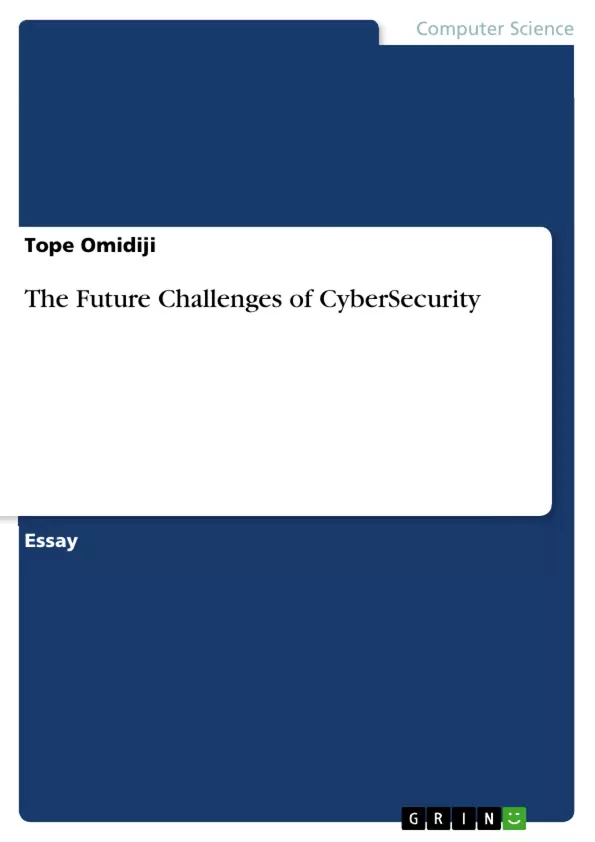The Internet has brought the world closer than ever, especially, with the ease in sharing information. A post online from Alpine, Texas can be accessible almost immediately by someone in Accra, Ghana and at the same time with the person in Bangalore, India. As much as there is access to the Internet, authorized users can access information/data irrespective of their location.
Business activities are now performed globally and efficiently in comfort; buyers and sellers do business without any constraints. Business supporting activities such as paying and receiving of cash, shipping of goods, and other related activities have now been automated in the cyberspace.
The most reliable resource vault or knowledge center accessible by all is the Internet; it could even be referred to as one of mankind’s greatest achievement.
However, it has also made all users including governments, corporate institutions and business entities exposed and vulnerable to numerous cyber crimes. The risk of losing personal data or theft of an important data like customer data from an organization by cyber criminals has become very high. Cyber security remains the biggest challenge faced by all especially governments and organizations.
Inhaltsverzeichnis (Table of Contents)
- Introduction
- Cyber security assessment
Zielsetzung und Themenschwerpunkte (Objectives and Key Themes)
This paper explores the growing challenges of cybersecurity in the digital age, highlighting the vulnerabilities of individuals, institutions, and governments to cybercrime. It analyzes the impact of cybercrime on various sectors, including business, education, and entertainment. The paper also examines the limitations of traditional security measures like IP/TCP tracking and discusses the need for more robust solutions.
- The increasing prevalence of cybercrime and its impact on individuals, institutions, and governments.
- The limitations of traditional cybersecurity measures like IP/TCP tracking.
- The need for more robust cybersecurity solutions to protect against cyber attacks.
- The diverse motivations behind cyber attacks, ranging from financial gain to political agendas.
- The role of government and institutions in combating cybercrime and protecting critical infrastructure.
Zusammenfassung der Kapitel (Chapter Summaries)
- Introduction: This chapter introduces the concept of cybersecurity in the context of the interconnected world facilitated by the internet. It highlights the ease of information sharing and the vulnerabilities created by this interconnectedness. The chapter also outlines the key areas impacted by the internet revolution, including trading, education, entertainment, and communication.
- Cyber security assessment: This chapter delves into the challenges of cybersecurity, specifically addressing the limitations of IP/TCP tracking as a means of identifying and preventing cybercrime. It explains how IP addresses can be manipulated to hide the location of cybercriminals. The chapter concludes by emphasizing the need for more effective security measures.
Schlüsselwörter (Keywords)
Cybersecurity, cybercrime, IP/TCP tracking, data theft, denial of service, state attacks, online fraud, hacking, digital security, internet vulnerabilities, information technology, global interconnectedness.
- Quote paper
- Tope Omidiji (Author), 2015, The Future Challenges of CyberSecurity, Munich, GRIN Verlag, https://www.hausarbeiten.de/document/303849


